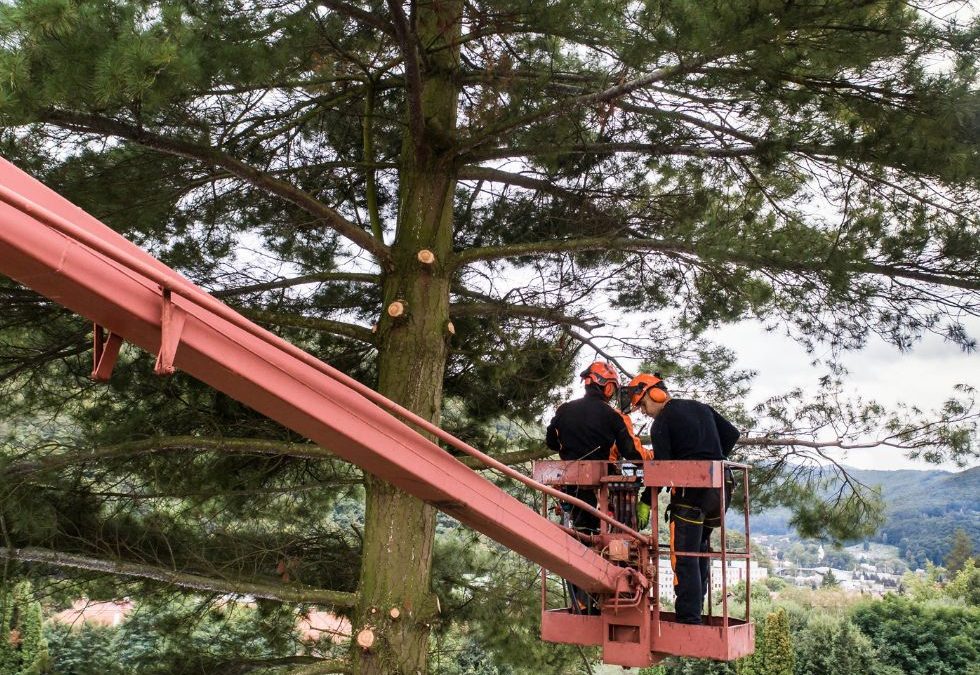Even during the winter months, a fruit tree could die, if its roots had to struggle to obtain water. Still, a homeowner should do more than water such a fruit-bearing plant, whenever nature has not supplied it with a sufficient amount of rainwater.
Check on the depth of any mulch.
Make sure that the mulch’s depth does not exceed 4 inches. Still, do not allow it to diminish to the point where the selected mulching products around the tree are less than 2 inches deep. You could use grasses from a cut lawn for mulch, or you could ask a nursery to suggest a mulching product.
Appreciate the importance of post-storm care
Tree Service in Palo Alto will plan to inspect any fruit tree that had to withstand a storm. Clear away any branches that were blown off by the strong winds. Those fallen branches might interfere with a drainage system.
If any seeds fell from the branches, those seeds might sprout; creating a plant that would go after the nutrients in the soil. A homeowner might want to transplant the newly sprouted tree, after clearing away the seed-bearing branch.
Learn how to gauge the tree’s need for water.
Construct a drainage system around that fruit-bearing plant, so that it does not receive too much water. Check periodically to see how well the drainage system is working. Inspect the tree’s truck, and see if it is soggy. A soggy trunk would indicate that any water that had fallen on the surrounding ground had not drained off properly.
Make sure that the tree’s roots can access the required nutrients.
Appreciate the fact that any weeds would compete with those same roots. In other words, a homeowner should eliminate the weeds around any fruit trees. The person doing the weeding should also pull out any tall grasses.
Check for the presence of pests.
Do not assume that any pest would choose to hibernate during the winter months. Speak with an arborist about the sorts of pests that thrive in fruit trees, even during the winter months. Buy a product that should ensure an elimination of such pests.
Consider the special challenges that could arise, as a result of one or more trees’ location.
Is there a chance that the temperature could drop below freezing? If the temperature could get that low, then have coverings available, to use on the sensitive trees.
The owner of an orchard would not find it practical to use such coverings. Instead, an orchard-owner would need to invest in special solar-powered lamps that could be placed in the ground. Those should supply the trees with a decent amount of warmth, if placed at a proper distance from the fruit-bearing branches.


